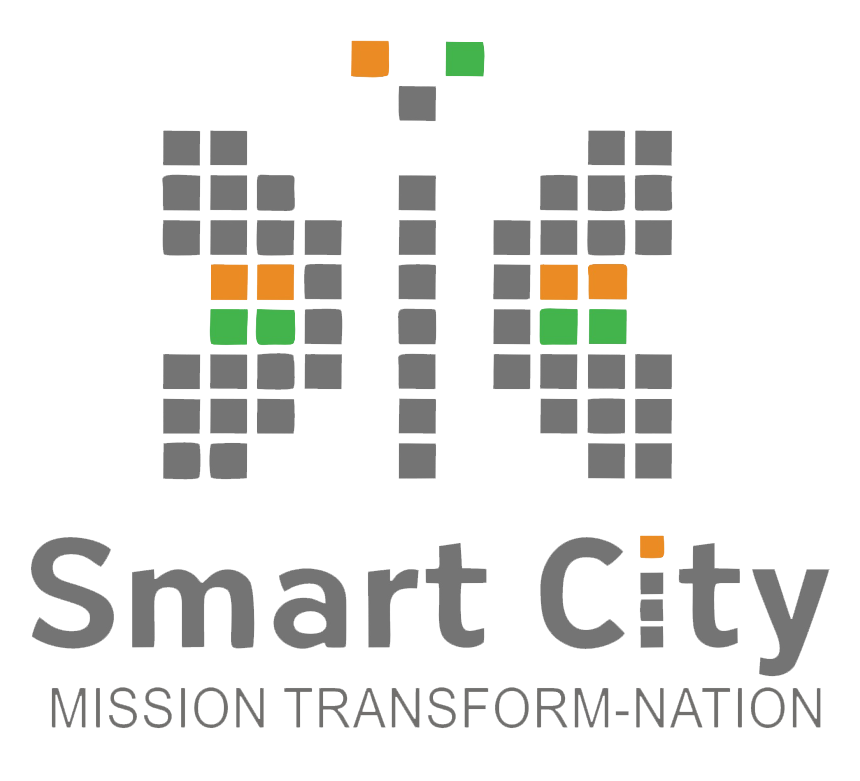



Only 9% of households in Maputo are connected to a sewerage system, whilst 41% rely on pit latrines and 49% use septic tanks and pour-flush toilets. Although almost 90% of Maputo residents have access to a hygienic excreta disposal facility as defined by the World Health Organization/ The United Nations Children’s Fund (WHO/UNICEF) Joint Monitoring Program, this ignores the fact that most of them are not emptied hygienically, with obvious and extremely negative implications for public health and the environment. An analysis of fecal waste flows in Maputo shows that only 3% of the total fecal waste produced actually passes through the treatment plant, whilst more than 50% contaminates backyards, the drainage system and Maputo Bay. It is also clear that the biggest problem area is with onsite systems, with much fecal waste being unsafely dumped by local burial or in ditches and unoccupied ground, and even that which is safely removed being partly dumped into the environment or inadequately treated.
This problem of Fecal Sludge Management (FSM) is particularly acute in the city’s older unplanned settlements, typified by Nhlamankulu, which is one of five Municipal Districts that comprise the mainland (urban) portion of Maputo city, and has a population of about 150,000 people distributed across 11 neighborhoods. In order to develop a scalable intervention strategy, a project targeting the whole of Nhlamankulu District was undertaken, comprising the improvement of toilets in low-income rental compounds, building technical capacity in the municipal sanitation department, and promotion of improved sanitary practices at household level, as well as the development of sustainable private sector capacity to provide FSM services adapted to the physical and economic conditions in these peri-urban communities, which is the subject of this document.